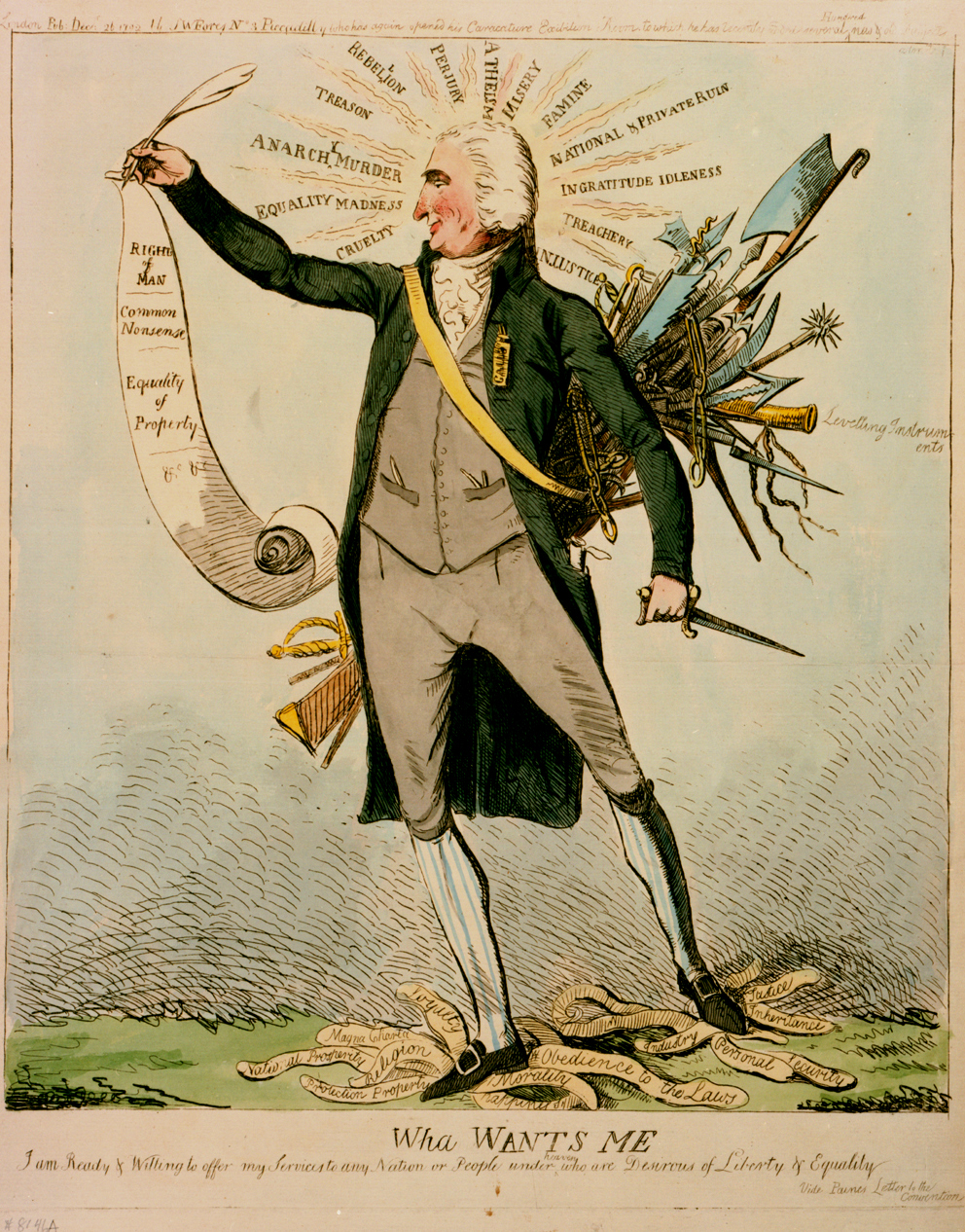Steven Hahn’s A Nation Under Our Feet reconstructs the story of black politics in the rural American South from the 1850s through the Great Migration. By centering his history on the black community in their arduous journey from slavery to “freedom” over the longue durée, Hahn exposes a history that is often at odds with the received wisdom of the Civil War as a sectional conflict primarily fought between the (white) Union and Confederate armies. Instead, Hahn sees the Civil War as “the largest slave rebellion in modern history” and Reconstruction as nothing short of a social revolution (Hahn 7). In many ways, I feel this book works as an answer to Walter Johnson’s call in his famous essay “On Agency,” which called for a detailed consideration of the internal politics of the slave community beyond “everyday resistance” (Johnson 116). Also like Johnson, Hahn does not oppose “everyday resistance” to “revolutionary struggle” – rather he sees everyday resistance as laying the foundations for what might be termed the Great Slave Revolt. Some, such as Peter Kolchin (see his review in the American Historical Review), have taken exception to Hahn’s definition of politics as “encompass[ing] collective struggles for what might be termed socially meaningful power” (Hahn 3), but I found Hahn’s argumentation in this regard to be overwhelmingly persuasive. Clearly influenced by W.E.B. DuBois, C.L.R. James, and James C. Scott – among others – Hahn focuses on the self-organization of the oppressed, whose efforts to “build the new society in the shell of the old” are the keys to understanding (and encouraging) revolutionary social change. The more common approach imagines appeals to power – such as petitioning and demonstrating – and top-down reformist projects as the methodology of “responsible” social change, which in this story is embodied in federal Reconstruction policy. By exposing the existence of a collectively fashioned black counter-structure in the antebellum South, Hahn is able to show how the Civil War created the conditions for the successful antislavery revolution, whose defining element was black participation.
Another of virtue of the book is Hahn’s consistent challenge to the exceptionalist trend in historiography – and American political culture – by setting the southern social revolution in its world context of agrarian struggles for land. The ideological power of a more just distribution of social wealth was not limited to Civil War America, as Hahn regularly reminds us throughout. “40 Acres and a Mule” should thus been seen as a revolutionary slogan for land redistribution, similar to innumerable struggles for land throughout the nineteenth and twentieth centuries, from Algeria to Vietnam.
The following is a tentative bibliography that I intend to explore over the course of the semester. Please keep in mind that the categories are rather arbitrary, since certain books could fit just as well in a number of classifications. I look forward to your input, since most of you are more familiar with the historiography of nineteenth century America than I am.
Aspects of Subaltern Resistance and Self-Organization
- W.E.B. DuBois, Black Reconstruction in America (1935)
- C.L.R. James, The Black Jacobins (1938)
- James C. Scott, Domination and the Arts of Resistance (1990)
- Ranajit Guha, Elementary Aspects of Peasant Insurgency in Colonial India (1983)
- Robin D.G. Kelly, Race Rebels: Culture, Politics, and the Black Working Class (1994)
- Eugene D. Genovese, Roll, Jordan, Roll (1974)
- E.P. Thompson, The Making of the English Working Class (1963)
- Tara Hunter, To ‘Joy My Freedom (1997)
Emancipation/Reconstruction Period
- Eric Foner, Reconstruction: America’s Unfinished Revolution, 1863-1877 (1988)
- Michael Dawson, Black Visions: The Roots of Contemporary African-American Political Ideologies (2001)
- David Blight, Race and Reunion: The Civil War in American Memory (2001)
Slavery
- Peter Kolchin, Unfree Labor: American Slavery and Russian Serfdom (1987)
- Herbert Gutman, The Black Family in Slavery and Freedom (1976)
- Herbert Aptheker, American Negro Slave Revolts (1943)
- Ira Berlin, Many Thousands Gone (1998)
Race
- David R. Roediger, The Wages of Whiteness (1990)
- Sterling Stuckey, Slave Culture: Nationalist Theory and the Foundations of Black America (1987)
- William M. Tuttle, Jr., Race Riot (1970)
Nineteenth Century Political Economy
- Brian Schoen, The Fragile Fabric of Union (2011)
- Sven Beckert, The Monied Metropolis: New York City and the Consolidation of the American Bourgeoisie, 1850-1896 (2001)
